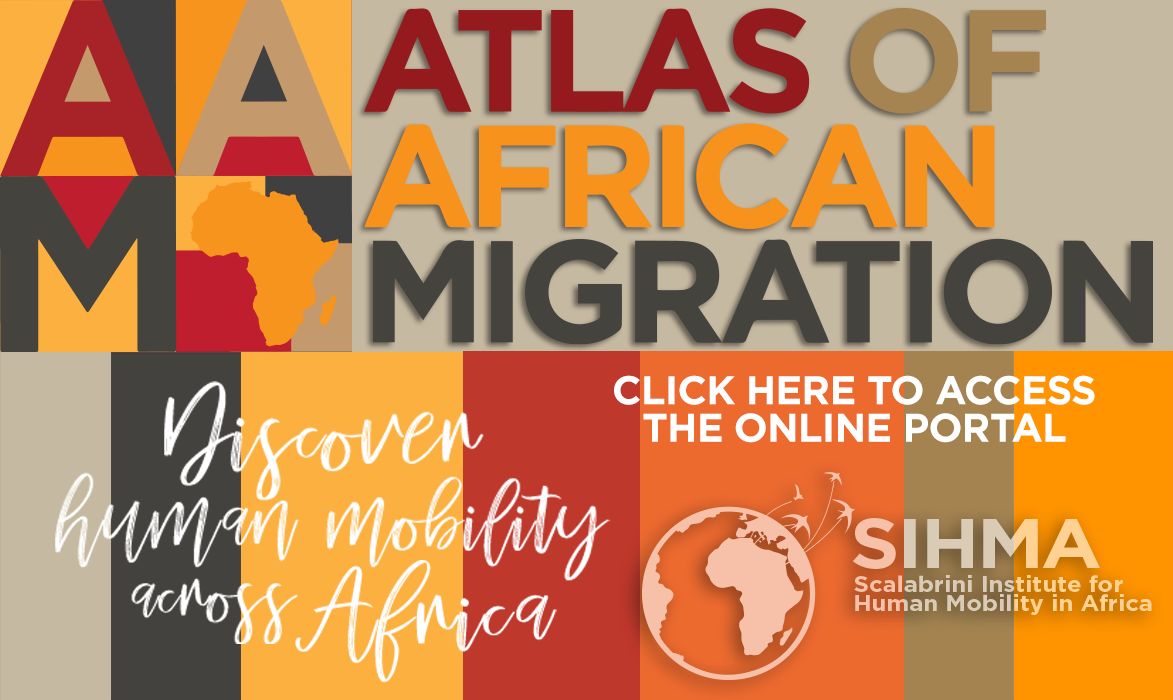
Atlas of African Migration: Mapping Migration Patterns, Trends & Realities Across Africa
On May 7, 2025, the Scalabrini Institute for Human Mobility in Africa launched a one-of-a-kind project titled “The Atlas for African Migration”. The atlas provides comprehensive migration profiles of African countries. The project is realised through a rigorous desktop research process drawing from credible sources, including government reports, journal publications, and other online databases. The various data sources reveal patterns, trends, drivers, and correlations. The project is designed to provide the migration profiles of all the recognised 54 African countries. At the launch, the first 25 country profiles were available for public consumption for free on the SIHMA website. Through the different phases of the project (textual material, infographics, narrative of migration, and visual history of migration), the atlas does not only seek to provide a bridge between academic research and practice by offering content that is easily accessible and appealing to a broader audience but also draws from the lived experiences of migrants.
Some of the key findings of the research include similarities in terms of the circumstances of those who are on the move with most members of their host communities, as most of them are the working class; similarities in terms of their location in their host communities; and similarities in terms of their needs, for example, access to social services. Despite these similarities, there is an absence of unity amongst migrants and members of their host country, which often leads to tension in some instances. At times, these tensions can escalate to xenophobic attacks. For example, the waves of xenophobic attacks in South Africa and Ghana. Another key finding of the project is that, unlike the classical labour theory of migration, which posits that labour migration is determined by the demand for labour in one country and the availability of labour in another country, in contemporary African societies the determinants of labour migration are not highly influenced by the demand for labour in the host country but the perceived availability of opportunities in the host country. For example, despite the high unemployment rate in South Africa, the country remains an attractive destination for migrants from Ethiopia and other parts of the continent and beyond due to the perceived availability of opportunity, mostly in the informal economy. Furthermore, the limited pathways of migration within and beyond the continent, as enforced by the securitization of migration in most countries, have increased the flow of irregular migrants who rely heavily on irregular migration pathways. Within Africa, most African countries' porous borders have enhanced such movement. Other findings include the growing trends of feminization of migration within the continent as more female migrants are moving within/outside their country of origin, remittance flow are vital financial lifeline for most African countries as they remain a major source of external financing, mostly to support household consumption, and the bulk of the migration in the continent is movement within the continent (intra-African migration) – African migrants moving from their country of origin to other African countries.
Categories:
Tags:
- Migration And Economic Opportunities
- Migration Policy Africa
- Feminization Of Migration
- Irregular Migration Pathways
- Remittances In Africa
- African Migration Statistics
- Intra-African Migration
- Migration And Xenophobia
- Labour Migration Africa
- Migration In African Countries
- SIHMA Migration Research
- Scalabrini Institute For Human Mobility In Africa
- Migration Patterns In Africa
- African Migration Trends

